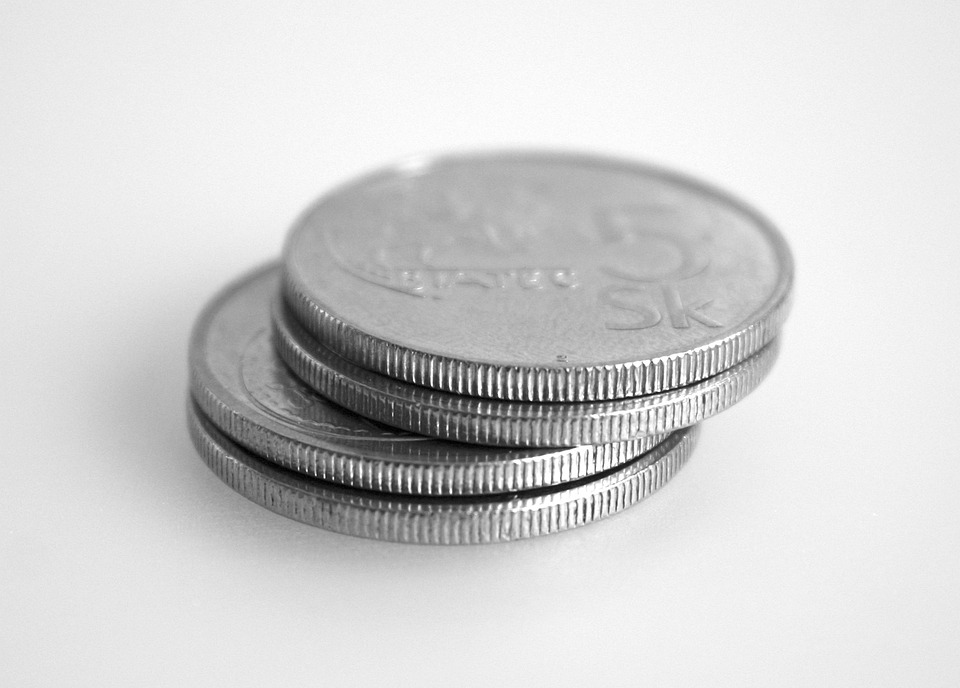
The Crown has a long history, dating all the way back to Tudor times. More recently, it is struck as a COMMEMORATIVE coin to mark significant royal milestones. In this blog, we go back to the origins of the Crown coin…
The 16th Century
The ‘Crown’, or ‘Crown of the Double Rose’ as it was originally called, was introduced in 1526 as a result of King Henry VIII’s monetary reform. These first crown coins were minted in 22 carat gold and had a value of five shillings. Some 25 years later, during the reign of King Edward VI, the first silver crowns were introduced, also with the face value of five shillings, and crown coins continued to be minted in both silver and gold during the reigns of Elizabeth I, James I and Charles I.
The silver crowns were made using sterling silver, which is a hard wearing and durable alloy. The silver crowns were 92.5% sterling because that’s the purity that England’s silver coinage had been for hundreds of years. After the Restoration of the Monarchy the new King Charles II began a vast reform of the coinage to instil confidence. This included moving to the production of coins using modern Milling machines, far superior to the hammered coins until that point. Use of these new machines also meant the edges of the coins could be ‘decorated’ – usually with ridges lines we still use today – this was a useful tool in the fight against ‘clipping’; a practice of clipping the edge of coins to make new ones, without drastically changing the shape, used by counterfeiters. After the reign of King Charles II, the crown was minted only in silver.
The Acts of Union
In 1707, the Acts of Union brought together England and Scotland to form the United Kingdom of Great Britain. As a result, a new coin, the “British Crown”, was introduced and became the successor to the English crown and Scottish dollar. By the mid-1750’s a chronic shortage of silver meant the crown (and for that matter most silver coin values) ceased to be struck. However, the ‘Great Recoinage’ of 1816 saw the silver crown return and continue to be minted from 1818 onwards.
These new crowns featured the famous design of St George slaying the Dragon by Benedetto Pistrucci. His designs had fallen out of favour by the time Queen Victoria came to the throne, so her early crowns featured the Shield of Arms. In 1847 the Shield design was produced alongside a special gothic interpretation of the four shields of arms, with the gothic portrait of Victoria on the other side. Between 1847 and 1887 there were no crown coins produced at all, and it was not until the Golden Jubilee of Queen Victoria that the crown was minted once more, featuring the original Pistrucci design.
A Composition Change
The crown coin weighed around an ounce, and it increasingly became unpopular as a currency coin. From 1902, the crown was no longer struck as a regular coin and was used for commemorative purposes instead. (the crowns of 1901, 1935, 1937 etc did circulate, but they were released as commemoratives into circulation, like 50ps are today).
World War I took its toll on the British economy, and as a result, the crown was reduced to just 50% silver. A new design was struck on a small number of crowns during King George V’s reign, which showed a crown within a wreath. In 1935, there was a large number of crowns struck to commemorate the King’s Silver Jubilee.
In 1937, during King George VI’s reign, a crown was struck with the royal coat of arms on the reverse. Then in 1951, the first ever cupro-nickel crown was minted to celebrate the Festival of Britain and the 400th anniversary of the first silver crown coin, which consisted of 75% copper and 25% nickel.
To celebrate the coronation of Queen Elizabeth II, a new crown was issued in 1953. Then, 7 years later, another crown was struck to mark the British Exhibition in New York. In 1965, a crown coin was released to mark the death of Winston Churchill. This coin was the first ever British coin to depict a public figure other than a member of the Royal Family.
Post-Decimalisation
The last five shilling piece was the Churchill commemorative minted in 1965. After decimalisation, five shillings became worth twenty-five pence. The first ‘Twenty-Five Pence’ coin was released in1972 as a commemorative coin and although it didn’t have its value stated on it, it was still legal tender.
The coin was discontinued by the Royal Mint in 1981 due to the minting costs of such a low monetary value item. It was still being minted at the same size as its predecessors of 1818, a diameter of 38.6mm, and at that size it was also out of step with the other coins in circulation which were shrinking in size (for example, it was larger than the 50p and £1 both of which had higher face values). The crown was revived as a ‘Five Pound’ coin in 1990, which was crown-sized at 38.6mm diameter, and a value twenty times greater. Nearly five hundred years later, this coin continues to be an enduring piece of British coinage.
From a coin collecting point of view, “crown-sized” is a term generically used to describe large silver or cupro-nickel coins of about 38-40mm in diameter. You can browse our fantastic collection HERE.

